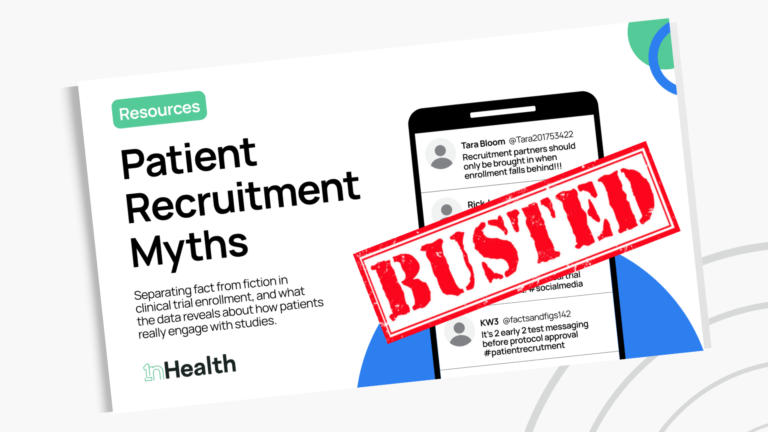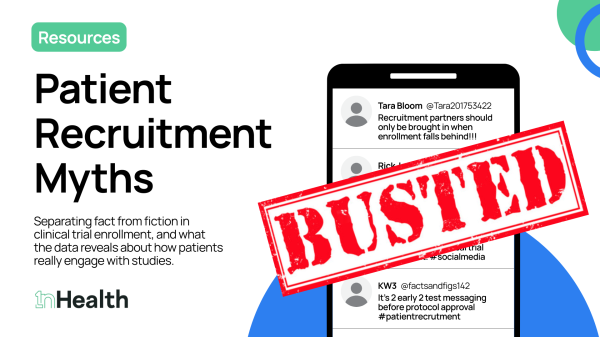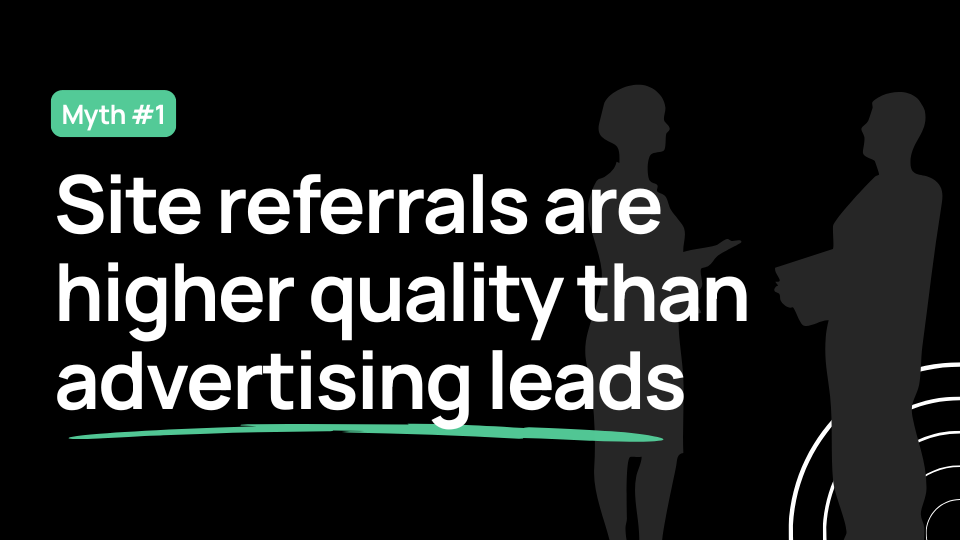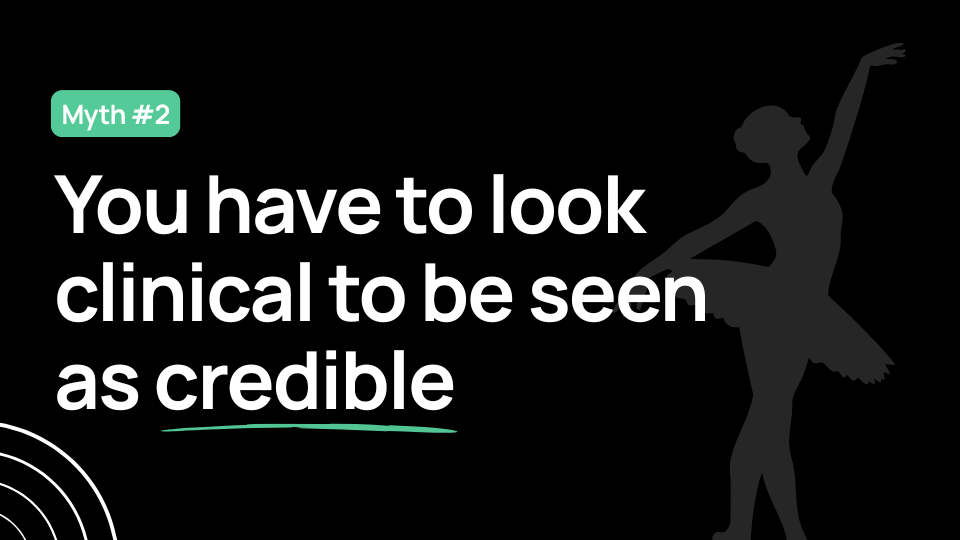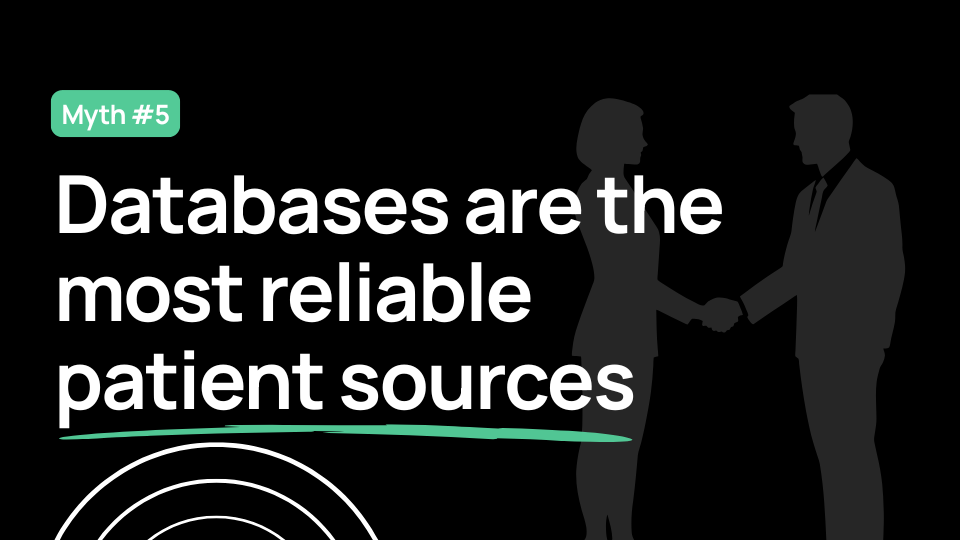Can TikTok be a powerful tool for clinical trial enrollment?
This is just one myth we busted!
Download the full eBook to explore all the data and discover what’s really driving quality in patient recruitment.
Rethinking familiar paths in patient recruitment
In patient recruitment, it is easy to rely on what feels familiar. We all know the platforms and methods that have worked in the past. So when the idea of using TikTok came up, a space often associated with trends and entertainment, to recruit for a bipolar clinical trial, skepticism was a natural reaction.
After all, it can feel counterintuitive to discuss something as serious as mental health on a platform known for short, fast-moving videos.

Challenging patient recruitment assumptions to effectively reach people
That skepticism has roots in logic. Traditional wisdom tells us that serious medical conversations belong on traditional channels. Yet those assumptions, even when well-intentioned, can limit progress. The reality is that potential participants already spend time in these newer digital spaces, and they are paying attention in ways that matter. Meeting them where they are, with content that resonates authentically, opens the door to meaningful engagement.
We recently put this idea to the test. In this post, we share how our team approached recruitment for a bipolar study that had struggled to enroll, and how exploring an unconventional platform like TikTok ultimately became a surprising source of success.

The importance of going where patients already spend their time online
In patient recruitment, showing up where potential participants already live their digital lives is critical. It is no longer enough to rely solely on traditional platforms because behaviors have shifted. In the U.S., 26% of users on TikTok are aged 50-64, demonstrating the platform’s reach into older demographics once thought unreachable via social media.
This kind of demographic diversity means that recruitment campaigns can expand their thinking beyond conventional “clinical” channels and meet people where they are.
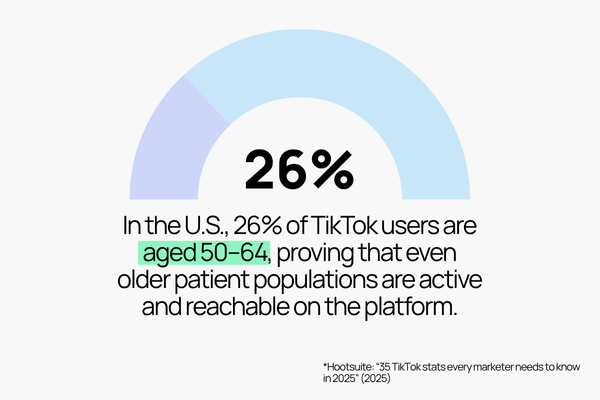
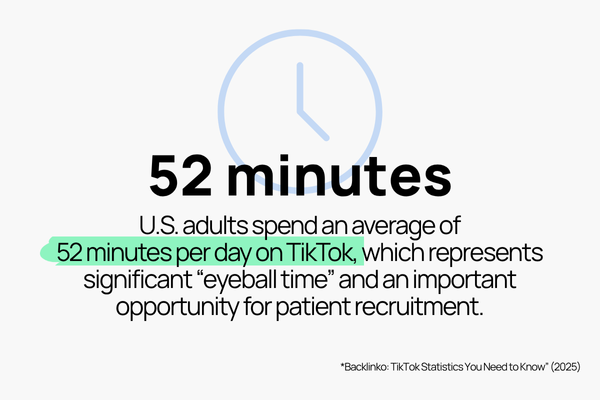
Understanding how much time users spend online underscores the opportunity. U.S. adults average around 52 minutes per day on TikTok according to recent data, which highlights a substantial window of “eyeball time” for well-designed recruitment messages.
When patients are scrolling, swiping, or watching in an environment where attention is being given, the right message in that right place can shift from just being seen to being engaged with.
Finally, the notion that TikTok is purely entertainment-focused is outdated when you look at how people use the platform. A survey found that one in five U.S. adults now regularly get their news via TikTok, which signals trust and openness to serious content in a space often dismissed as casual.
In patient recruitment, this means an authentic message delivered where people willingly consume information, including health-related content, can become a meaningful touchpoint rather than a missed opportunity.
Case Study: Doubling previous enrollment in just 4 weeks
A U.S.-based Phase 2a study across four sites needed 45 adults with Adjustment Disorder (AjDA) but was six months behind schedule. The sponsor enlisted 1nHealth to rescue.
1nHealth refreshed study materials with visually dynamic ads and focused recruitment efforts on TikTok, which was previously missing.
The campaign drove leads at breakneck pace, resulting in a 10x increase in ICFs per week. Lead flow was optimized by zip code as site capacities shifted, restoring steady, high-quality enrollment.

Letting go of old assumptions leads to more patient-centric recruitment
The digital world has changed dramatically, but many recruitment strategies have not. Clinical research teams often stick to familiar channels and conventional messaging because they feel safe, proven, and professional. Yet the truth is that patients’ online behaviors have evolved faster than the industry’s comfort zone. Reaching and engaging potential participants today means rethinking where and how we show up. Shedding old assumptions isn’t just smart strategy, it’s the most patient-centric approach we can take.
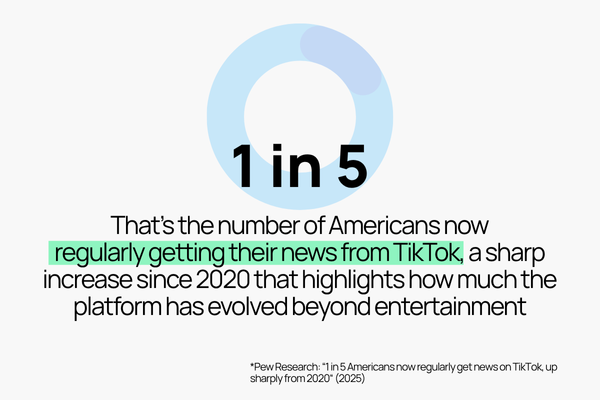
Patients are actively seeking healthcare info on social media
When recruitment remains anchored in offline or clinician-only pathways, you miss the full picture of how people engage with health content today. More than 55% of U.S. adults use social media to look for health information or advice at least occasionally.
That fact alone signals that patients are already online, doing research and finding resources. By going where they already spend time, recruitment teams show respect for patients’ digital habits and preferences. It’s not about chasing platforms, it’s about aligning outreach with where individuals seek support, information, and opportunities.
Showing up where patients are builds trust
Putting recruitment ads into digital channels is about relevance and accessibility. When outreach comes into environments that feel familiar to patients, it signals that the research team understands and values the patient’s experience. This kind of presence helps reduce friction and makes participation feel like a natural step rather than a disruption.
For example, digital recruitment initiatives have been shown to increase qualified inquiries by 156% compared to traditional approaches. Reaching patients where they already are is inherently more patient-centric because it acknowledges that patients also live and work in an increasingly digital world.
Old habits limit reach and diversity
Sticking with only the old recruitment playbook often limits who you can reach and how quickly you can reach them. Traditional methods may inadvertently exclude individuals who live their lives differently and actively researching their health condition.
By stepping into digital spaces with thoughtful creative, patient-centric language, and accessible formats, recruitment becomes inclusive and efficient. It becomes less about where we expect patients to be and more about where patients already are.
It's time to rethink our patient recruitment toolbox
We can no longer afford to dismiss new platforms out of hand. The digital landscape is constantly changing, and the places where patients seek information and community are changing with it. To succeed, we must be willing to adapt and experiment.
That’s not to say that every trial should be on TikTok. It’s about being thoughtful and strategic. It’s about understanding your audience and testing new ways to reach them with a message that resonates. Continuing to rely only on “safe” and traditional channels might mean leaving a significant portion of your potential patient population untapped.

